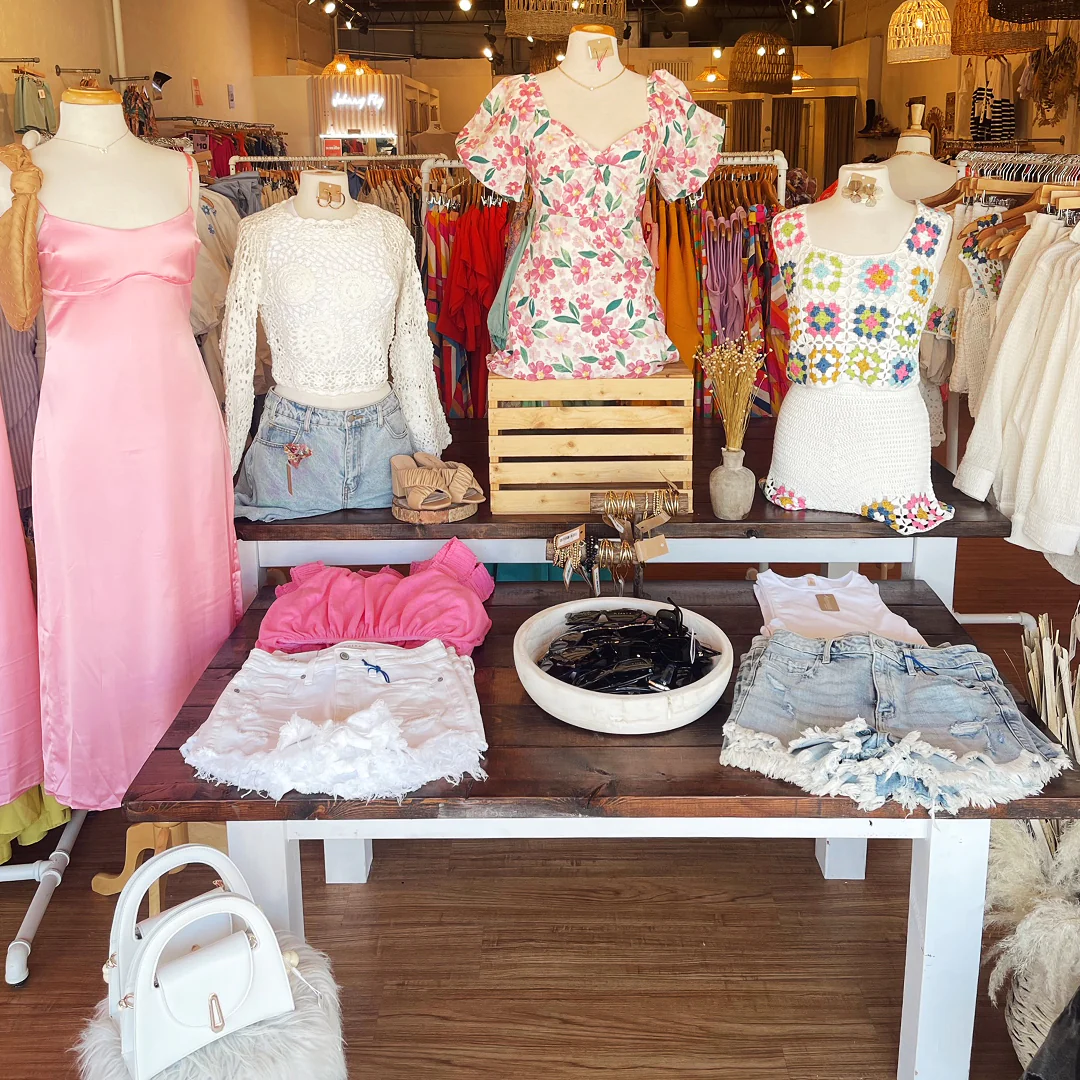A Deep Study the World of High-Fashion Runways: Understanding Clothes as Art
High-fashion paths have actually emerged as fields where apparel transcends its practical origins, advancing into a sophisticated type of creative expression. Designers, similar to skillful artists, weave elaborate narratives via color, form, and material, challenging conventional norms and redefining appeal requirements. These programs are greater than plain displays; they are immersive experiences, where every stitch and joint narrates abundant with cultural value and progressive innovation. As we explore these sartorial eyeglasses, we must contemplate: what function does style play in shaping societal values, and just how does it mirror the ever-changing tapestry of human emotion and identification?
The Evolution of Runway Reveals
The trajectory of path programs has actually transformed dramatically over the years, advancing from special sector events to fascinating spectacles that mix style with art. Typically, path shows were intimate events, held in ateliers or tiny venues, largely participated in by purchasers and sector insiders. These very early presentations focused on the garments' workmanship and business viability, providing a useful and straight display screen of seasonal collections.
As the style market broadened, the nature of path programs began to change. The 1970s and 1980s noted a turning point, with designers looking for to differentiate themselves via more theatrical discussions.
Recently, innovation and social media sites have actually even more revolutionized path programs, making them available to a worldwide target market. Livestreaming and electronic systems have equalized fashion, allowing enthusiasts worldwide to witness these events in real-time (boutique fashion). This advancement reflects a broader social shift, where high-fashion runways work as a vibrant intersection of style, efficiency, and advancement
Designers as Dreamer Artists
Developers in the high-fashion market have actually blurred the lines between useful garment development and the theoretical realm of art. By accepting artistic self-controls such as sculpture, paint, and avant-garde setups, developers craft garments that challenge standard style norms and raise them to art kinds.
Visionary designers draw ideas from a myriad of sources, including abstract art, historic referrals, and personal narratives. They possess an one-of-a-kind capacity to visualize and emerge concepts that push the limits of traditional fashion, usually redefining aesthetic standards while doing so. This imaginative resourcefulness is showcased via dramatic silhouettes, ingenious products, and detailed craftsmanship, which invite audiences to experience style as even more than simply wearable things.
Moreover, the runway functions as a canvas for these artists, where illumination, music, and established style coalesce to develop immersive experiences. These discussions are not merely screens of apparel yet are orchestrated performances that evoke feeling and prompt idea, attesting the developer's duty as a real musician in the contemporary cultural landscape.
Cultural Influences in vogue
Cultural tapestry weaves its intricate patterns into the textile of style, affecting developers internationally. The vibrant interchange of cultural stories, traditions, and icons educates and motivates collections that elegance high-fashion runways. Developers diligently attract from their heritage or engage with societies unique from their very own, crafting garments that function as visual narratives. This cultural discussion not only enriches the visual variety however also fosters a much deeper understanding and recognition of worldwide identities.
The influence of society on fashion is usually seen in the reinterpretation of standard garments and patterns. The use of Japanese bathrobes, Indian saris, or African prints in contemporary style reflects a blend of cultural credibility and contemporary aesthetics. Designers such as Valentino's Pierpaolo Piccioli and Alexander McQueen's Sarah Burton have been understood to incorporate rich social motifs into their couture collections, equating background into wearable art.

Technology in Textile and Layout
Technology in fabric and design regularly reshapes the landscape of high-fashion, pushing borders and redefining opportunities. Over the last few years, technical innovations have actually dramatically added to this development, introducing materials that test typical understandings. Textiles embedded with smart fibers, efficient in transforming shade or controling temperature, are no much longer constrained to the realm of science fiction. Developers are significantly checking out the integration of technology, such as 3D printing, which permits for the development of complex frameworks that were formerly inconceivable.
Additionally, sustainability has actually become a critical style in textile advancement. The garment industry is observing a surge in using environmentally friendly products, originated from recycled plastics, organic fibers, and even biodegradable parts. These developments not only use brand-new appearances and visual appeals yet additionally address essential ecological concerns. Developers are welcoming these materials to craft garments that are both visually striking and mindful of their eco-friendly footprint.
In terms of layout, avant-garde shapes and experimental types are continuously revolutionizing the runway. By incorporating innovative techniques and unique materials, developers cultivate garments that blur the line between style and art, setting brand-new standards for creative thinking and expression in the high-fashion ball.
Influence of Fashion on Culture
Style wields an extensive impact on culture, serving as both a reflection of cultural identity and a driver for social modification. Via its advancement, style has mirrored societal shifts, enveloping the zeitgeist of various periods. The flapper dresses of check the 1920s personified a newfound sense of females's freedom, while the vibrant prints of the 1960s resembled the innovative spirit of the time. High-fashion paths, particularly, function as platforms for difficult standards and redefining charm standards. Developers make use of these venues to resolve pushing social concerns, from sustainability to diversity, consequently shaping public discourse.
Moreover, fashion has the power to bridge social spaces, fostering understanding and admiration amongst diverse teams. As globalisation speeds up, the cross-cultural exchange of fashion ideas comes to be progressively significant, promoting inclusivity and diversity. The surge of streetwear, stemming from city subcultures, shows exactly how style can transcend socio-economic limits, giving people a method of self-expression and empowerment.
Essentially, fashion is not merely about appearances; it is a vibrant force that affects values, perspectives, and societal progress (boutique fashion). By continually engaging with cultural and social currents, style stays an indispensable part of the collective human experience

Conclusion
High-fashion runways act as vibrant sectors where apparel goes beyond functionality to become an expressive art form. Designers, comparable to visionary artists, orchestrate collections that show identity, feeling, and cultural narratives, testing traditional looks. The blend of innovative material and layout, coupled with elaborate useful content set layouts, illumination, and music, develops immersive experiences that celebrate multiculturalism. This crossway of fashion and artistry not only astounds target markets worldwide yet likewise influences societal understandings and promotes a much deeper gratitude for social diversity.

Cultural tapestry weaves its elaborate patterns into the textile of style, affecting developers globally.Style wields an extensive influence on culture, offering as both a reflection of social identification and a stimulant for social adjustment.